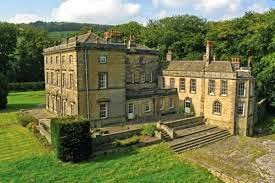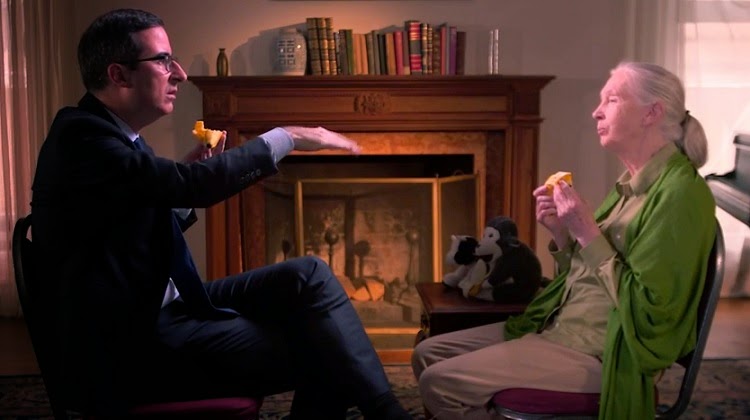One of the UK shows I like to watch on YouTube is Restoration Home, in which homeowners restore historic houses whilst historians uncover the story of both the houses and the families who lived in them.
In this episode, the house under renovation is Stoke Hall, a thirty room Georgian mansion located eight miles from Chatsworth House in Derbyshire. The Grade II listed building is leaking and is being threatened by dry rot, but it’s surviving architectural details and historical importance prompt new owners Steve and Natalie Drury to set about restoring the house to it’s 18th century glory.
In this episode, architect Kieran Long explains Stoke Hall’s construction and decorative details, whilst Dr. Kate Williams uncovers the story of some of those who lived at Stoke Hall – Robert Arkwright, whose grandfather made millions from his inventions during the Industrial Revolution, was living at Stoke Hall when he scandalized his family by eloping with actress Frances Kemble. His elder brother Richard was hot the heels of the couple, but arrived too late to stop the marriage. Luckily for us, Frances, the new lady of Stoke Hall, kept a scrapbook, in which she’s saved pressed flowers from the 6th Duke of Devonshire. And, it seems that the Duke invited the Arkwright’s to be guests at Chatsworth when Princess Victoria, aged 13, visited in 1832. That night, Mrs. Arkwright sang for the Duke’s guests – and so did Victoria.
More history on those who have owned Stoke Hall can be found in the blurb from Wikipedia below.
A follow up episode, Stoke Hall: One Year On
can be found here
not sold until 2009 for £2.5 million to a local couple, Steve and Natalie Drury, who have spent a further £1.5 million completing the restoration. Their restoration was shown by the BBC in 2011 and 2012.







